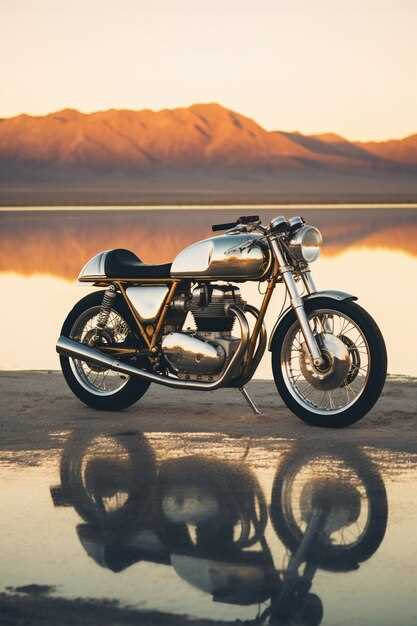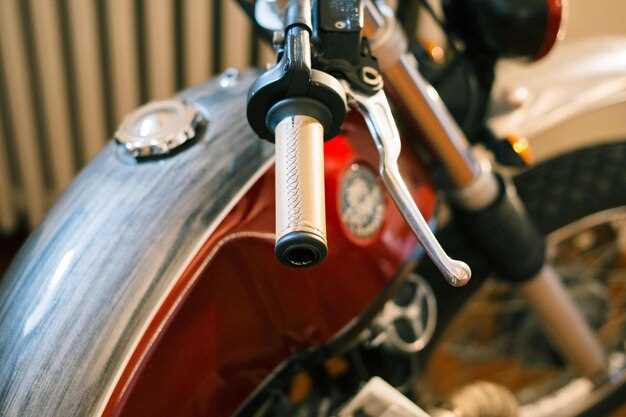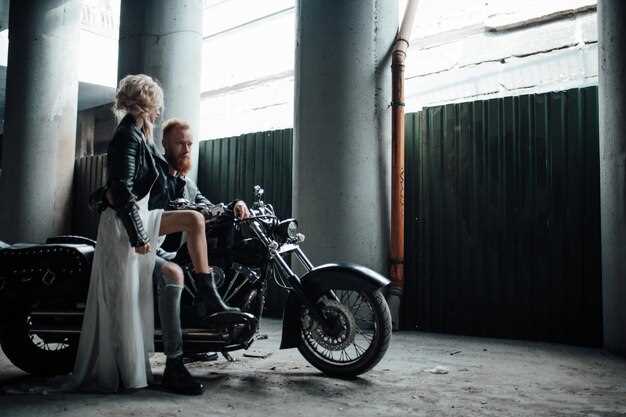

The classic motorcycle market has experienced an unprecedented surge in value over the past few years, captivating both seasoned collectors and new enthusiasts alike. This trend is not merely a passing fad; it reflects a significant shift in how we perceive and appreciate vintage bikes. As more individuals seek to reconnect with the past and explore the unique blend of engineering and artistry found in these machines, the demand for classic motorcycles continues to rise dramatically.
Several factors contribute to this remarkable increase in value. First, the growing popularity of motorcycle culture and the rise of social media have allowed enthusiasts to share their passion and showcase their collections to a global audience. As a result, rare and iconic models that were once hidden in garages have gained newfound visibility, driving up their desirability and market price.
Additionally, the economic landscape has shifted, with many investors recognizing classic bikes as viable assets. The notion of investing in classic motorcycles has gained traction, as they often appreciate over time, making them an appealing option for those looking to diversify their portfolios. Furthermore, the historical significance and craftsmanship associated with many classic bikes have elevated their status, turning them into symbols of nostalgia and quality.
In conclusion, the surge in classic motorcycle values is a complex interplay of cultural appreciation, investment potential, and historical value. As the market continues to evolve, understanding these dynamics will be essential for anyone looking to delve into the world of classic motorcycles.
Factors Driving Classic Bike Prices Upward

The classic motorcycle market has experienced a notable increase in value over recent years. Several key factors contribute to this upward trend in prices for vintage bikes.
- Rarity and Collectibility: Limited production runs and unique models often create high demand among collectors. The scarcity of certain motorcycles significantly impacts their market value.
- Restoration and Preservation: The expertise and effort involved in restoring classic bikes can greatly increase their worth. A well-restored motorcycle typically commands a higher market price than one in original, unrefurbished condition.
- Cultural Significance: Many classic motorcycles are associated with historical events, iconic figures, or cultural movements. This emotional connection can elevate their desirability and, consequently, their price.
- Investment Potential: Increased recognition of classic bikes as viable investment assets has attracted new buyers. As more people view motorcycles as investment opportunities, competition in the market escalates, driving up prices.
- Community and Events: The growth of motorcycle clubs, rallies, and shows fosters a vibrant community that promotes classic bikes, enhancing their visibility and desirability among enthusiasts.
By understanding these driving factors, potential buyers and current owners can navigate the classic motorcycle market more effectively, recognizing both the value and the passion that these bikes symbolize.
Investment Potential of Classic Motorcycles in Today’s Market
The classic motorcycles market has emerged as a unique investment opportunity, attracting both motorcycle enthusiasts and savvy investors. These vintage bikes not only represent a rich history of engineering and design but also hold substantial financial value, which has been steadily increasing over the years. The allure of classic motorcycles lies in their rarity, craftsmanship, and the nostalgia they evoke, making them highly sought after in today’s marketplace.
In recent years, the demand for classic bikes has surged, driven by a new generation of collectors and the growing popularity of vintage motorcycling culture. Prices for iconic models from manufacturers such as Harley-Davidson, Ducati, and BMW have seen remarkable appreciation, with some rare models fetching auction prices that far exceed their original retail value. This trend indicates a robust investment potential, as values are projected to continue climbing as interest in classic motorcycles deepens.
Additionally, the classic motorcycle market is less volatile compared to stocks and other traditional investments, providing a stable alternative in a diversified portfolio. Investors are increasingly recognizing that tangible assets like vintage bikes can act as a hedge against inflation, given their ability to maintain or increase value over time. Furthermore, the emotional connection and passion associated with owning a classic motorcycle can enhance the overall investment experience, making it both financially and personally rewarding.
To maximize investment potential, savvy buyers should focus on models that possess strong historical significance, limited production runs, and excellent condition. Vehicles with documented heritage and restoration history tend to command higher prices, thus offering an attractive return on investment. As the market for classic motorcycles continues to mature, the prospects for wise investments in this sector are promising.
How to Identify and Evaluate Valuable Classic Bikes

Identifying and evaluating valuable classic motorcycles requires a keen understanding of several key factors. First, the brand and model of the bike play a significant role in determining its worth. Renowned manufacturers like Harley-Davidson, BMW, and Ducati often produce models that become highly collectible over time.
Condition is another critical element. A well-preserved motorcycle, either in original form or restored to high standards, typically commands a higher price. Assessing the bike for rust, frame damage, and mechanical integrity is essential. Look for signs of meticulous maintenance, such as proper documentation of repairs and servicing.
Rarity significantly impacts value as well. Limited production runs, special editions, or models that were only available for a short time can be particularly desirable to collectors. It is advisable to research production numbers and historical significance to gauge how rare a classic motorcycle might be.
Authenticity is paramount when valuing classic bikes. Aftermarket modifications can either enhance or detract from a bike’s worth, depending on their nature and historical accuracy. Original parts and finishes tend to increase value, while significant alterations might reduce it.
Lastly, market trends should not be overlooked. The popularity of specific models can fluctuate based on factors such as vintage motorcycle shows, auction results, and community interest. Staying informed about current market trends will help in making an accurate evaluation of a classic motorcycle’s value.






